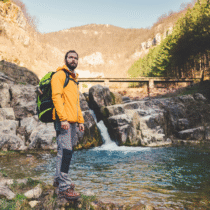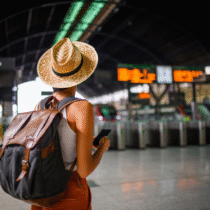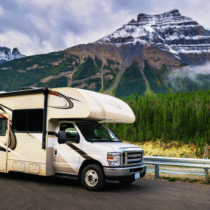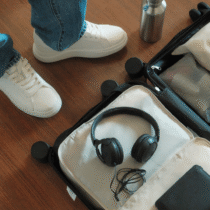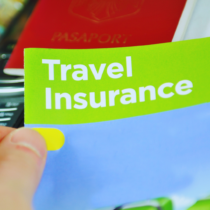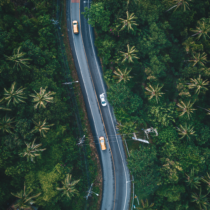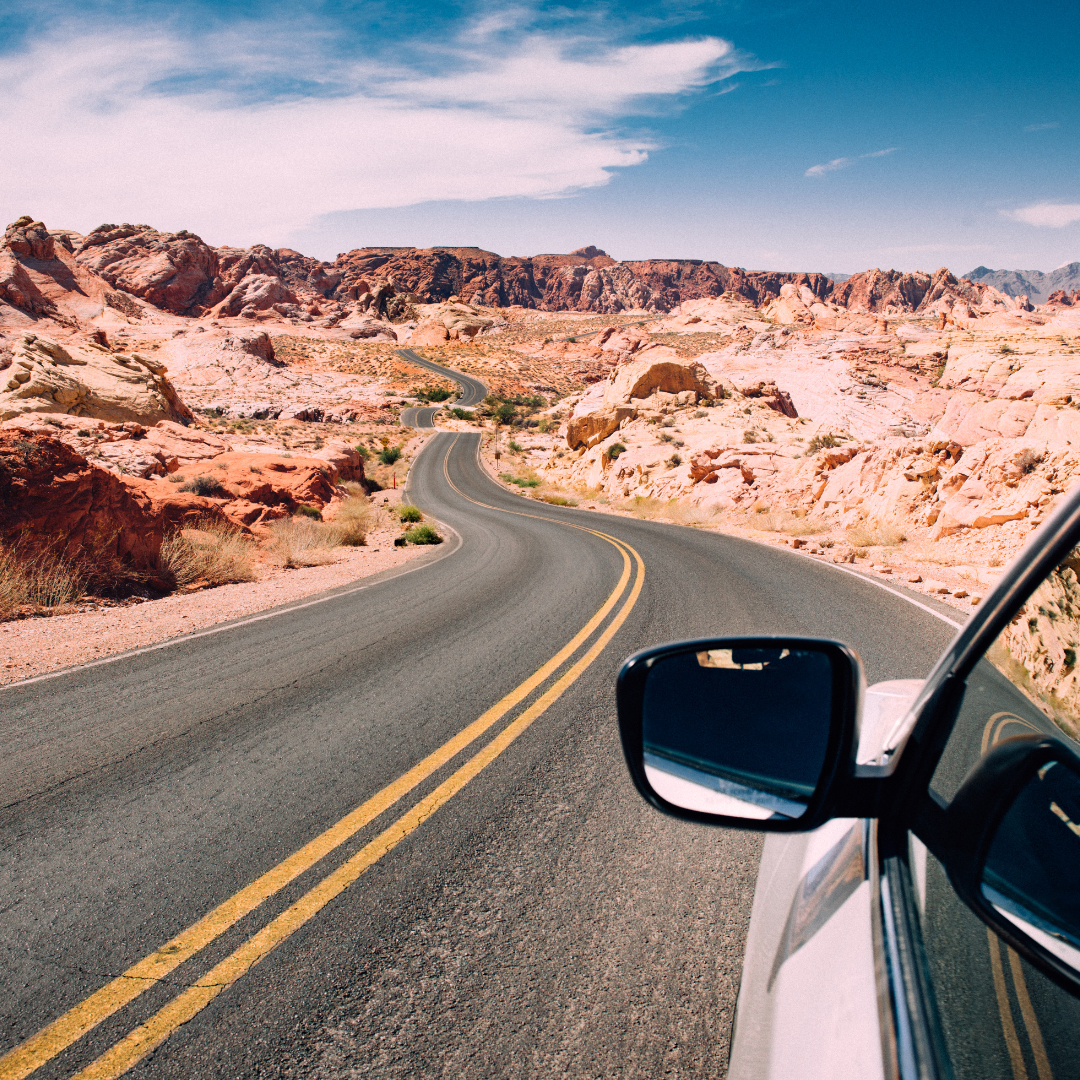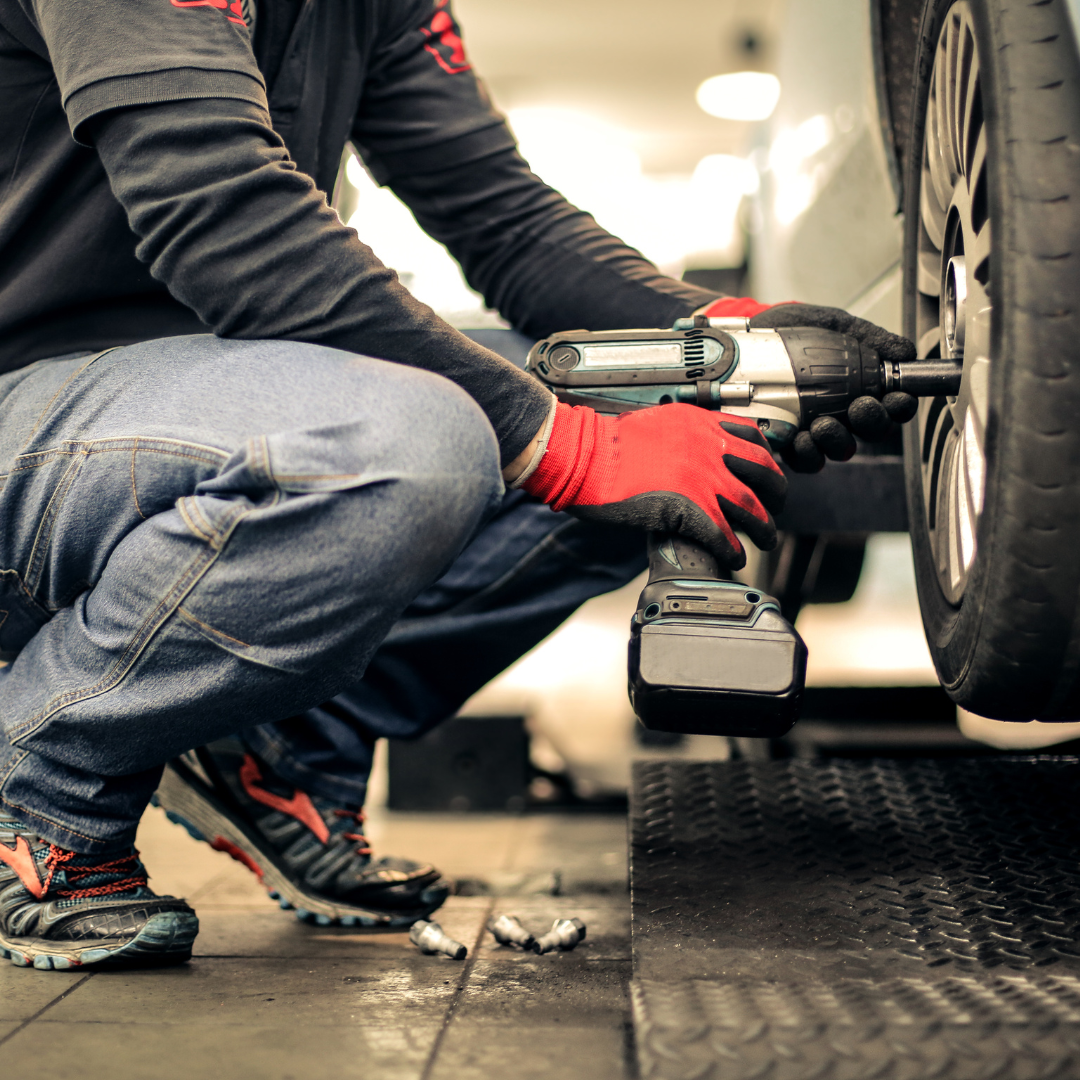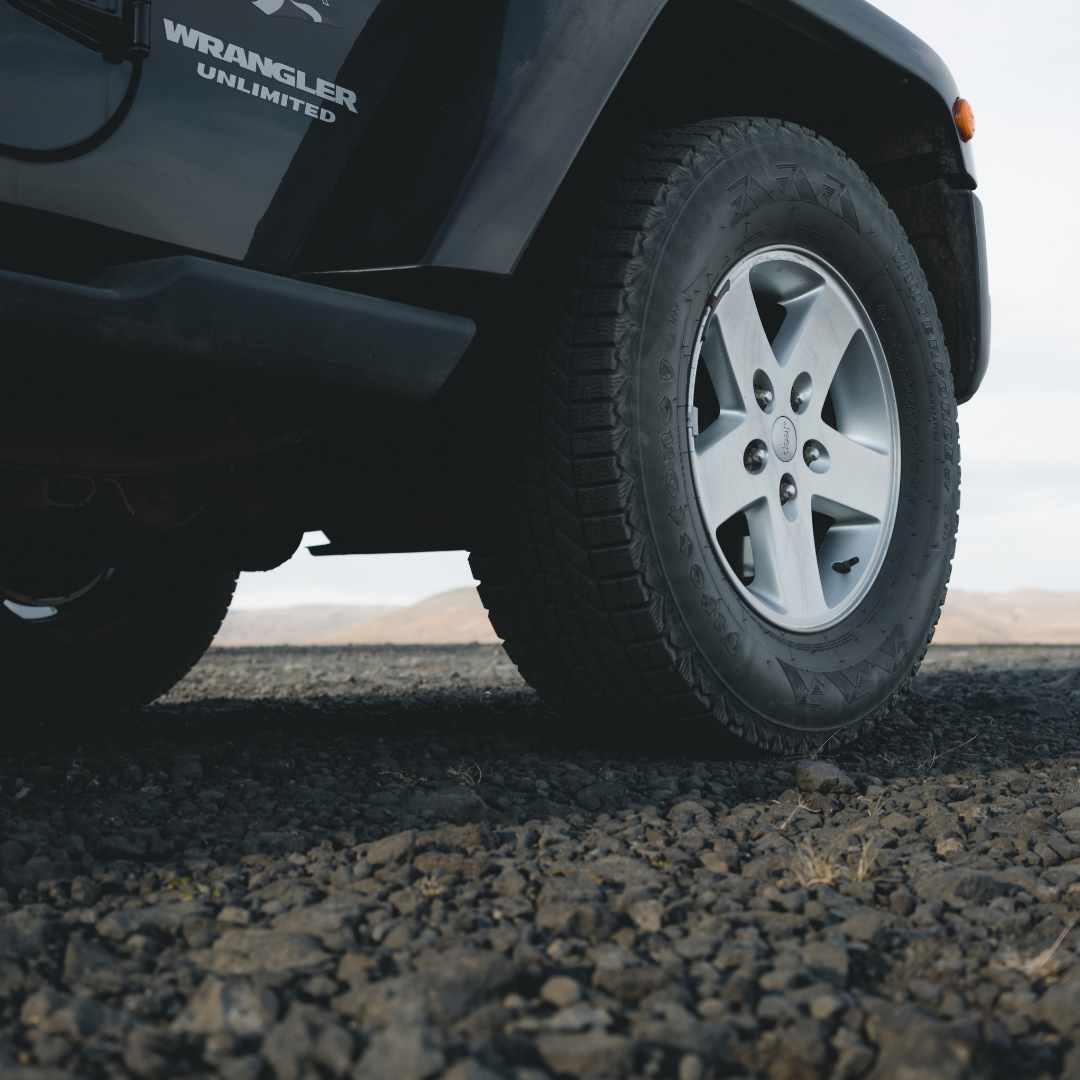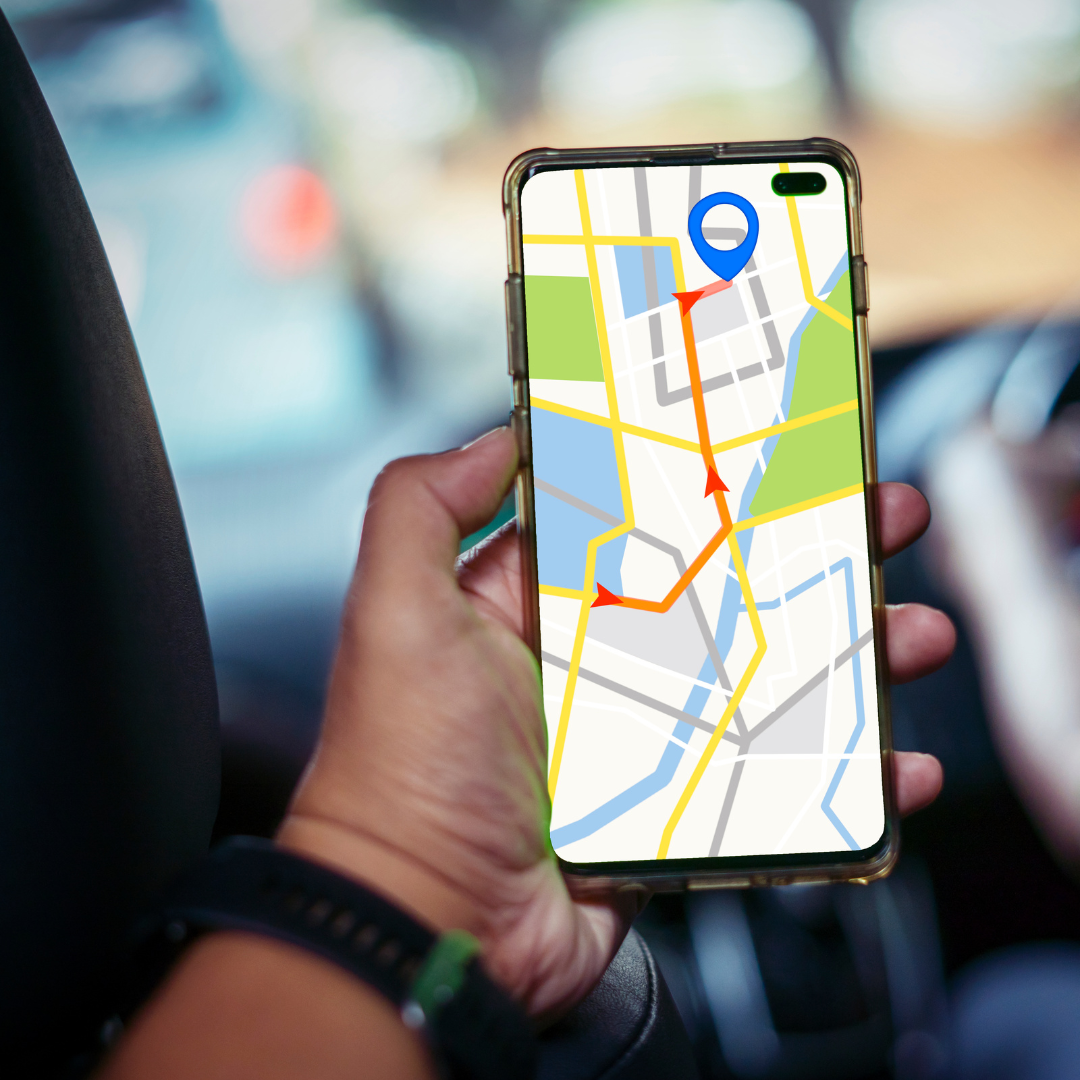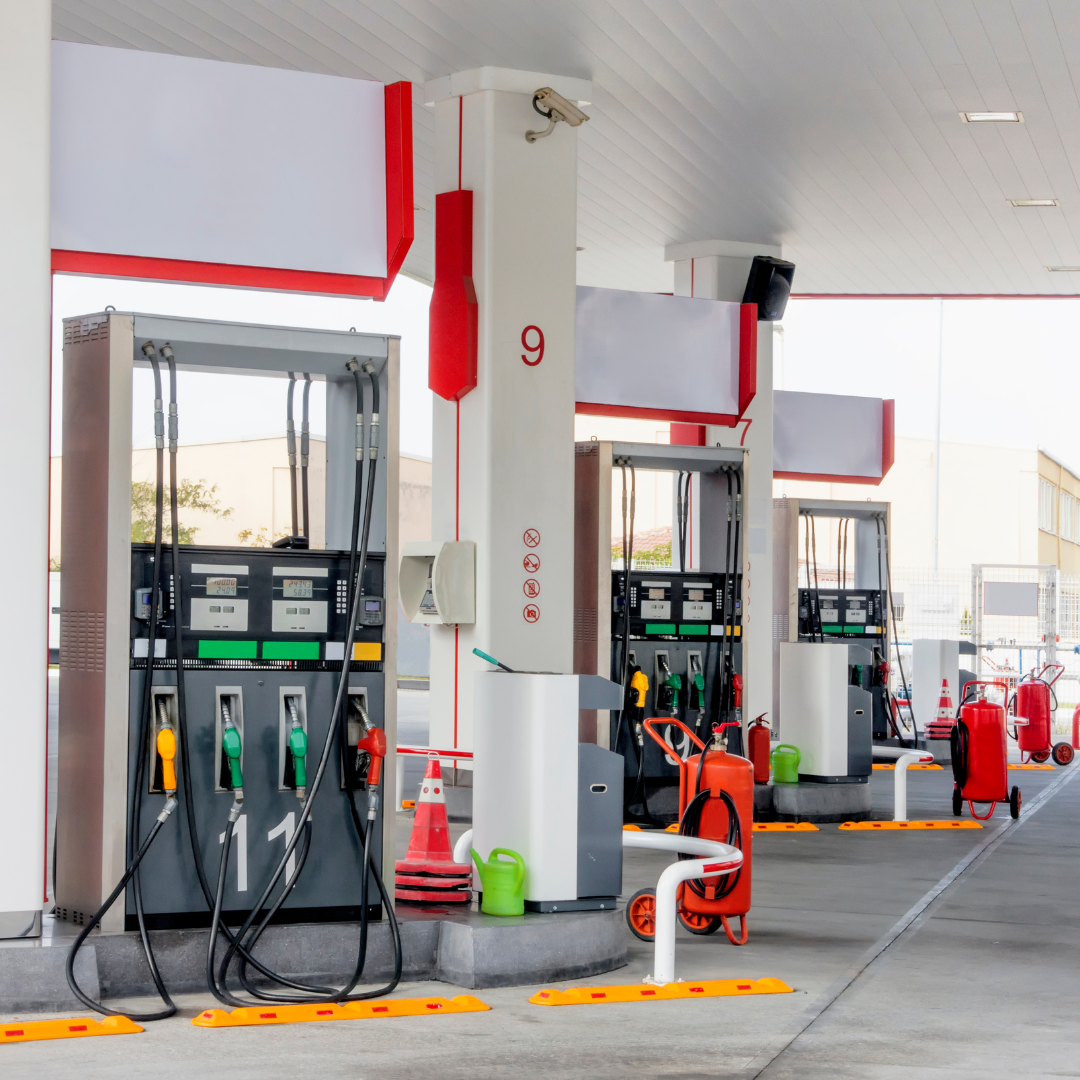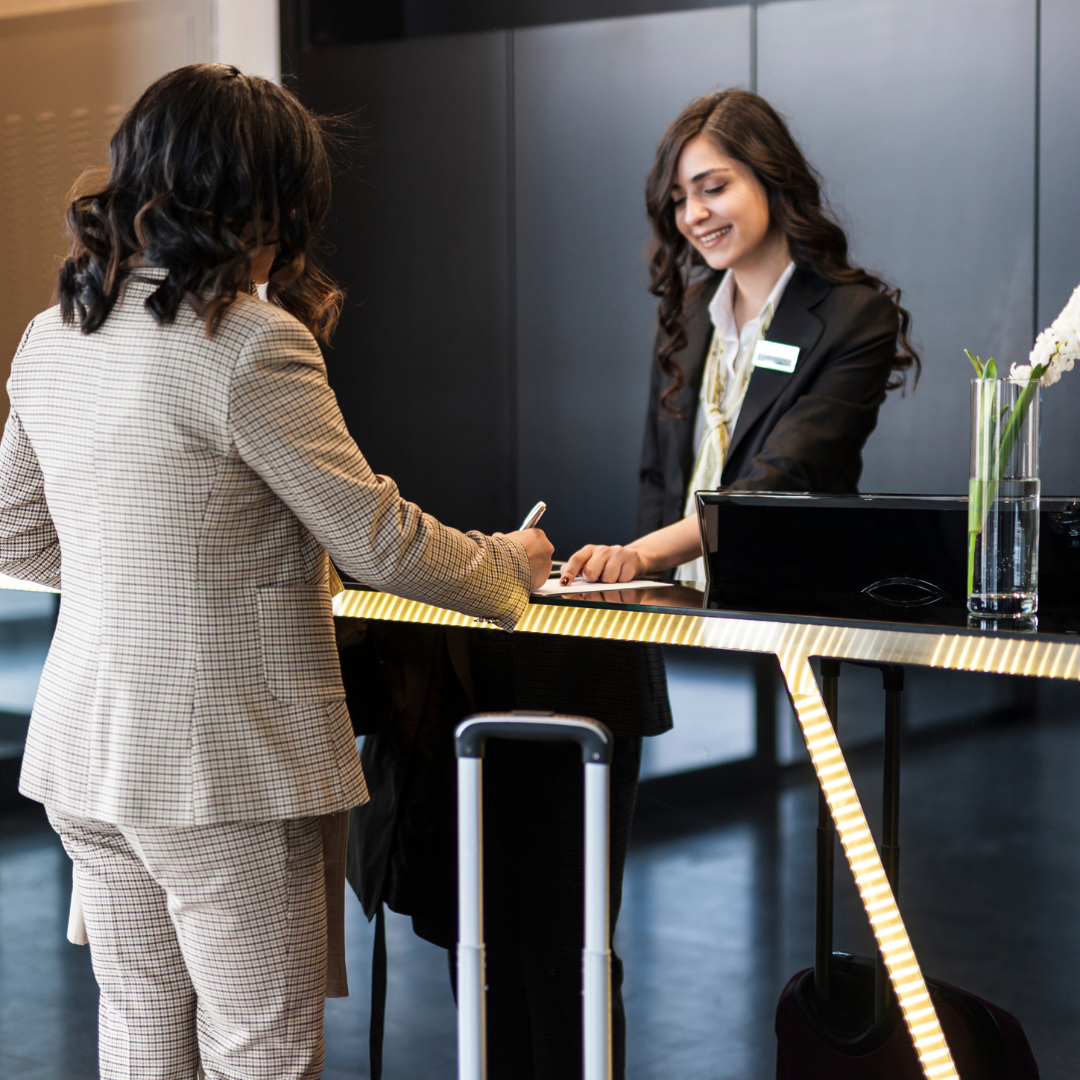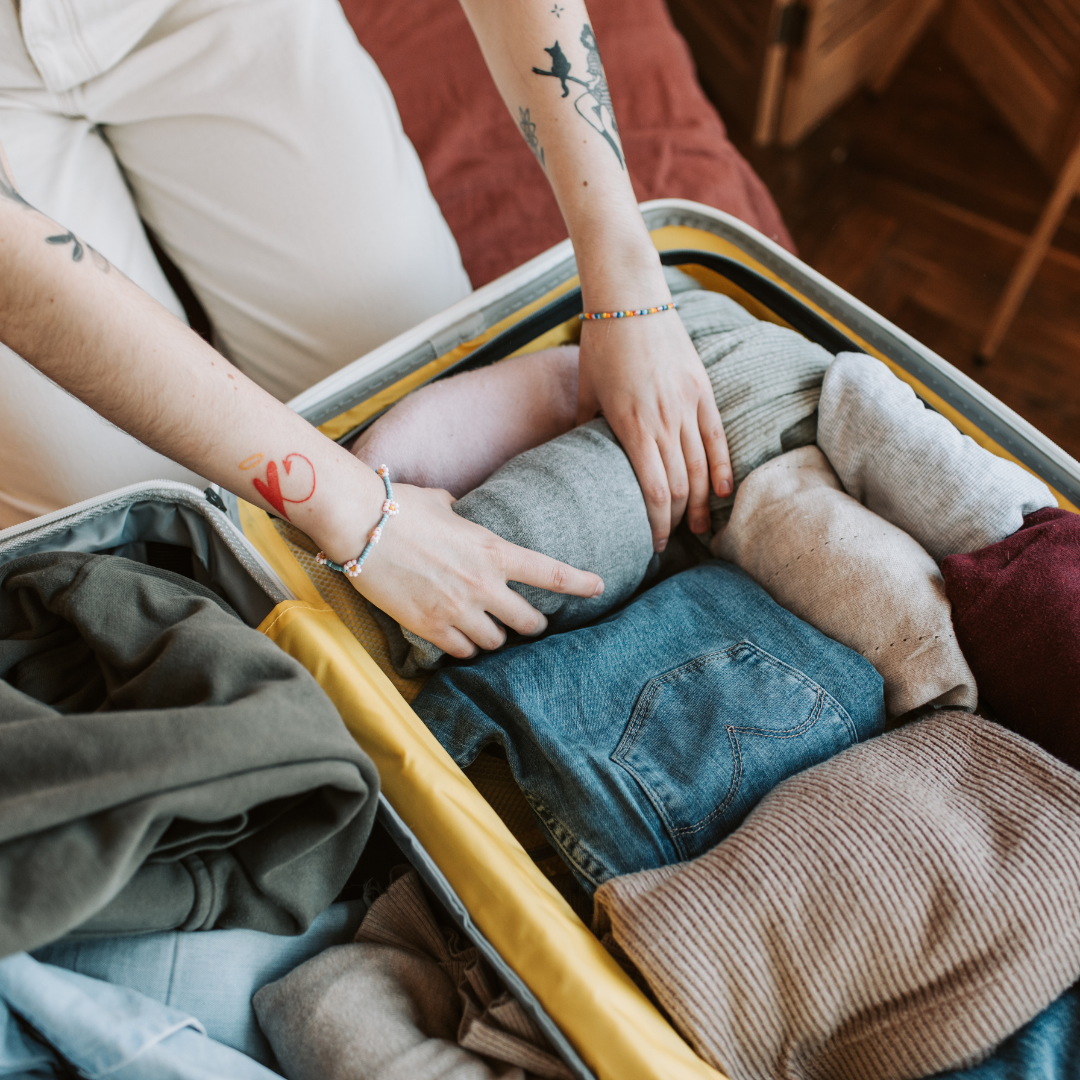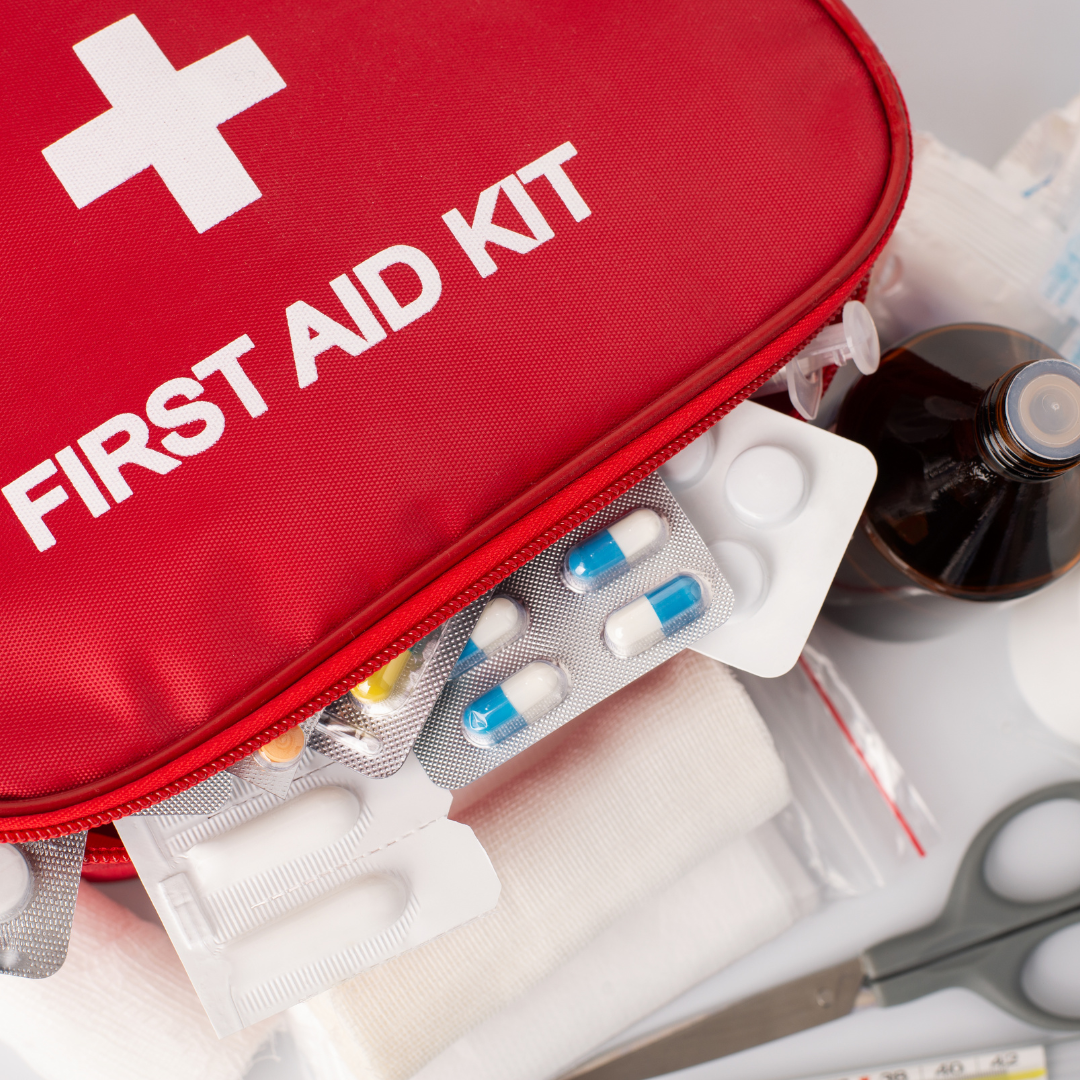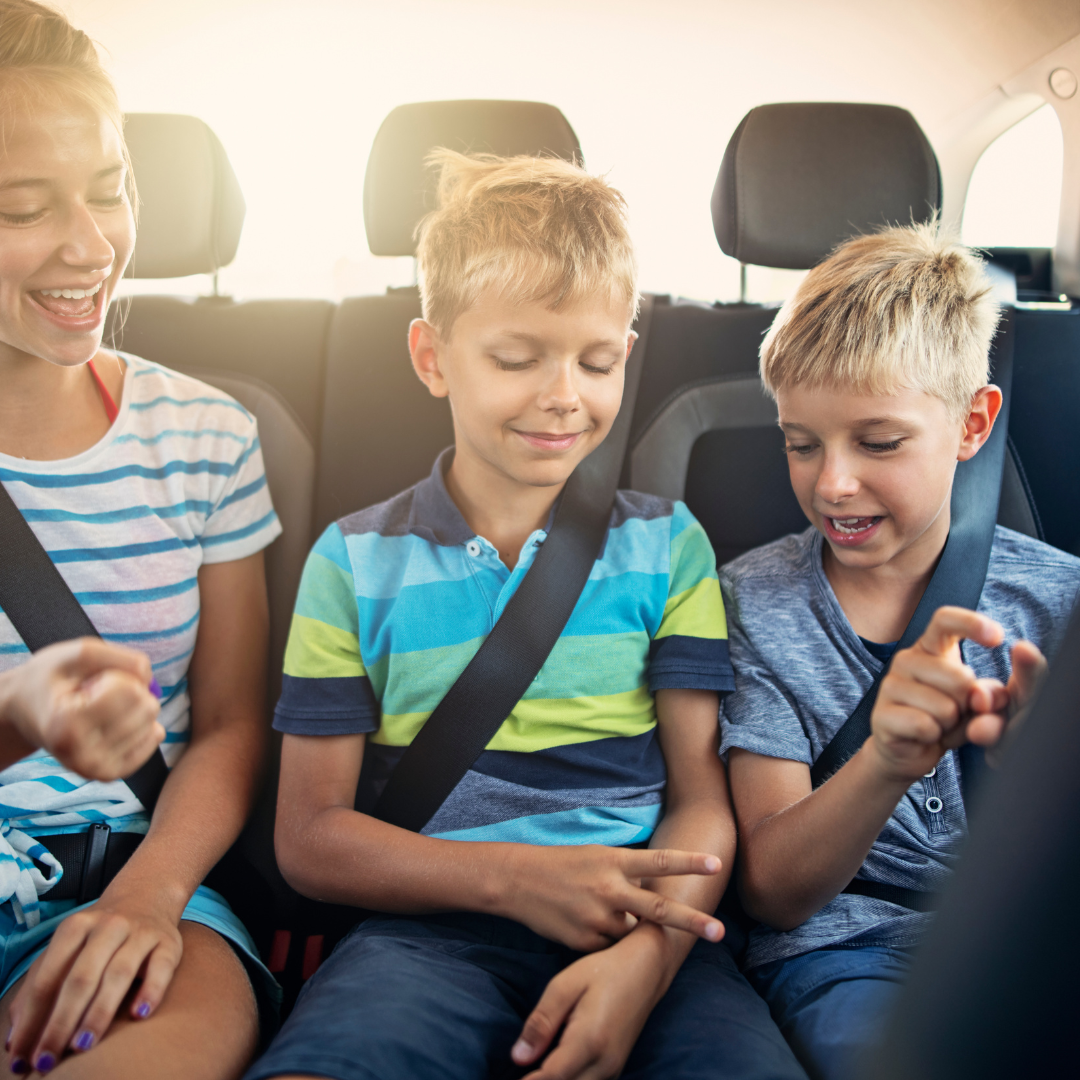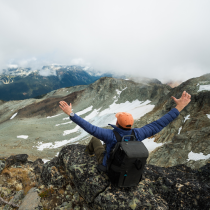Solo travel in Southeast Asia offers a unique blend of adventure, culture, and personal growth. Understanding the essentials for navigating this diverse region will enhance the experience for any solo traveler. From vibrant street markets in Bangkok to serene beaches in Bali, each destination presents opportunities for connection and exploration.
Traveling alone can be daunting, but it also empowers individuals to embrace spontaneity and meet new people. Safety, budgeting, and local customs play crucial roles in ensuring a successful journey. With the right tips, solo adventurers can enjoy a fulfilling experience that highlights the best Southeast Asia has to offer.
Ultimately, being well-prepared allows for greater immersion in local cultures and a more authentic travel experience. These essential tips will help solo travelers maximize their adventures while building confidence and independence throughout their journey.
Planning Your Solo Adventure
Planning a solo trip in Southeast Asia requires careful consideration of destinations, visa requirements, health precautions, and travel insurance. A thoughtful approach ensures a fulfilling experience while minimizing risks.
Choosing Destinations and Routes
Selecting the right destinations is crucial for a successful solo trip. Popular locations include Thailand, Vietnam, Indonesia, and Malaysia.
Key highlights:
- Thailand: Explore Bangkok for its lively markets and Chiang Mai for its temples.
- Vietnam: Experience the bustling streets of Hanoi and the serene landscapes of Hoi An.
- Indonesia: Visit Bali for beaches and the Komodo Islands for unique wildlife.
- Malaysia: Kuala Lumpur offers a mix of modernity and tradition.
Backpacking routes can often connect these places through budget airlines or buses. Research travel times and local transportation options to optimize the itinerary. Consider personal interests when selecting stops, like beaches, cultural sites, or natural parks.
Essential Visa Requirements
Visa regulations can vary significantly across Southeast Asia. Travelers should check specific visa needs for each country.
- Thailand: Many nationalities receive a visa exemption for up to 30 days.
- Vietnam: An e-visa is available for some nationalities for 30 days.
- Indonesia: A Visa on arrival is offered for certain travelers for 30 days.
- Malaysia: Visa-free entry is permitted for short stays for various countries.
It’s important to verify entry requirements ahead of time. Trip itineraries should align with visa validity to avoid complications.
Important Vaccinations and Health Preparations
Health precautions are vital for solo travelers. Recommended vaccinations for Southeast Asia often include:
- Hepatitis A and B: Important due to food and water exposure.
- Typhoid: Recommended for areas with poor sanitation.
- Tetanus: A booster may be needed if the last shot was several years ago.
Travelers should also consider anti-malarial medications depending on the planned regions. Research local healthcare facilities and prepare a basic first-aid kit. Staying hydrated and being cautious about food choices will enhance travel experiences.
Travel Insurance Considerations
Travel insurance is a vital component of solo travel planning. It protects against unexpected events such as:
- Medical Emergencies: Coverage for hospital visits abroad is essential.
- Trip Cancellations: Policies can refund non-refundable costs if plans change.
- Lost or Stolen Belongings: Insurance can help replace important items.
Choosing a policy with comprehensive coverage is key. Compare options from different providers and read the fine print to understand exclusions. Budgeting for insurance costs alongside other travel expenses is advisable for prepared travel.
Smart Travel Tips for Southeast Asia
Effective planning and resourcefulness are essential for solo travelers in Southeast Asia. These tips focus on smart packing, budgeting for costs, and staying connected while on the go.
Packing Light and Essentials
Packing light is crucial for maintaining mobility. A microfiber towel is a smart choice; it dries quickly and takes up minimal space. Choose a versatile wardrobe with breathable clothing suitable for hot climates.
Include essential items like a reusable water bottle for staying hydrated and avoiding excess plastic. Pack sunscreen, as the sun can be intense. Travel-sized toiletries and a compact first aid kit are also recommended.
Utilizing a backpack is advisable, as it generally allows easier access and reduces the risk of theft compared to traditional luggage. A few simple clothing layers can be mixed and matched, keeping the load light and manageable.
Budgeting and Cost-Saving Strategies
Southeast Asia is known for being budget-friendly, especially for accommodation. Staying in hostels or budget hotels can significantly reduce expenses. Searching for budget accommodations through various platforms allows for comparing prices effectively.
Street food is another economical choice, offering authentic local cuisine at low prices. Eating where locals eat not only saves money but also enhances the travel experience. Using public transport can cut costs compared to taxis or private transport. Buses and trains are usually reliable and affordable, facilitating easy exploration of different areas without exceeding the budget.
Staying Connected With Local SIM Cards
Staying connected is essential for navigating and communicating. Purchasing a local SIM card upon arrival is often the most cost-effective option. Many airports and shops offer cards tailored for tourists, providing data at reasonable prices.
This allows travelers to access maps and travel apps, making navigation simpler. Wi-Fi is not always reliable, especially in remote areas, so having data can be a lifesaver. It is advisable to compare plans from different providers to find the one that best fits data needs. Many options offer generous data packages that sustain usage throughout the journey.
Staying Safe and Making the Most of Solo Travel
Maintaining safety while maximizing enjoyment is crucial for solo travelers in Southeast Asia. Effective strategies can create a more secure and engaging experience. Below are essential tips and insights for navigating this vibrant region.
Safety Tips for Solo Travellers
Solo travelers should prioritize safety by remaining aware of their surroundings. It is advisable to avoid displaying valuables like expensive jewelry or electronics. Instead, keep belongings secure in a cross-body bag or money belt.
Choosing accommodations wisely is important. Opt for well-reviewed hostels or guesthouses in safe neighborhoods. Checking for security features such as lockers and 24-hour reception can provide additional peace of mind.
Emergency contacts and local embassy information should be readily accessible. Informing family or friends about travel plans enhances safety. Trusting instincts about people and situations is essential for avoiding potential risks.
Navigating Local Transportation
Effective transportation options abound in Southeast Asia. Each destination offers unique choices, from tuk-tuks in Bangkok to the extensive train systems in other countries. Understanding these options can streamline travel.
Public transportation is affordable and an excellent way to immerse in local life. Buses and trains connect major cities, while ride-sharing apps are convenient for navigating urban areas. It’s advisable to agree on a fare before hopping into a taxi or tuk-tuk to avoid misunderstandings.
Traveling during daylight hours enhances safety. Nighttime navigation can increase risks and should be approached with caution. Familiarizing oneself with local routes simplifies the journey and promotes confidence.
Understanding Local Customs
Cultural awareness enhances the travel experience and fosters positive interactions. Researching local customs, such as greetings and dress codes, is crucial for respectful engagement. In Thailand, for example, removing shoes before entering homes or temples is a standard practice. Understanding the significance of local festivals and ceremonies can also enrich one’s experience.
Participating in group activities, like cooking classes or guided tours, offers insight into customs while providing opportunities to connect with locals. Engaging respectfully builds bonds and can lead to lasting friendships.
Connecting With Other Travellers
Making friends on solo trips enriches experiences significantly. Hostels often provide communal spaces and organized group tours, facilitating social interactions. Joining local tours or activities allows travelers to meet like-minded individuals. Group cooking classes, city tours, or adventure sports are excellent ways to bond with fellow travelers.
Utilizing social media platforms, such as travel-focused forums, can also forge connections before arriving. Many travelers seek buddies for excursions, sharing costs and experiences. Making friends enhances safety and enjoyment during journeys in Southeast Asia.

